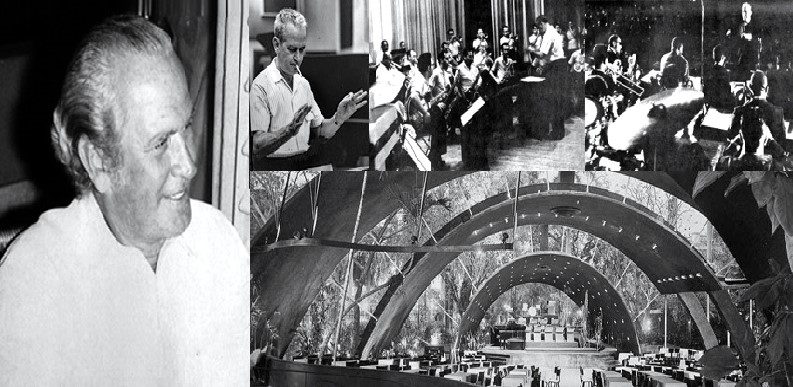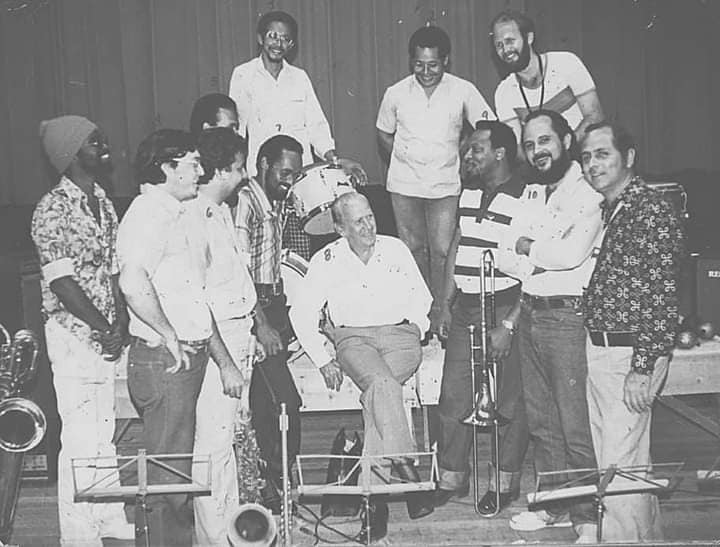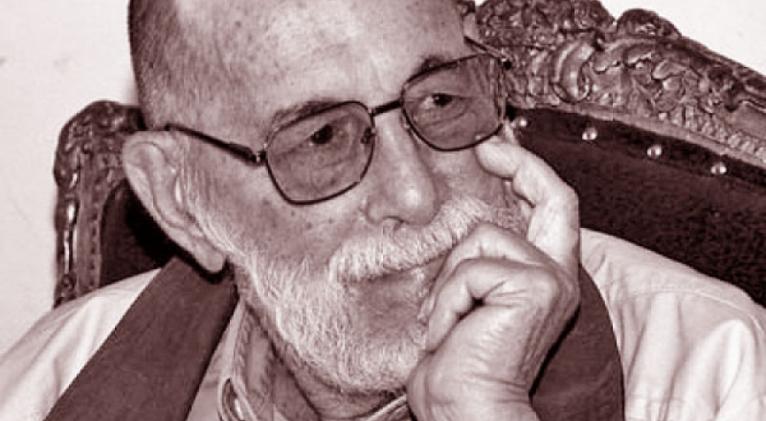Armando Romeu and the Reappraisal of Cuban Music

Influenced from a young age by his father, Armando Romeu Marrero, and fellow countrymen such as Alfredo Brito and Antonio Arcaño, Armando Romeu González inherited a rich musical legacy tied to the development of music in Cuba, particularly jazz.
His career began in 1919 when he played as a piccolo in the Municipal Band of Regla. Five years later, he joined Ted Naddy’s orchestra at the Jockey Club and later worked as a saxophonist at the Céspedes cinema alongside pianist Nacho Alemany. He continued in the same role at the National Casino with Earl Carpenter’s band.
“I had embraced the American school of jazz and quickly adapted to the genre. I started playing at dances with the first jazz orchestras emerging in Cuba. Many American bandleaders came during the summer to hire Cuban jazz musicians because they were excellent sight-readers,” recalled Romeu of his early experiences.
He performed with several distinguished ensembles, including the Hermanos Palau Orchestra, Los Diplomáticos (led by Froilán Maya), and the Siboney (under Alfredo Brito). With the latter, he toured Spain alongside the Trío Matamoros, continuing the European tour in Paris at the Empire Theatre before concluding in Lisbon.
Upon returning to Cuba, he established his own orchestra. His reputation and recognition bore fruit as the group’s debut featured performances by Rita Montaner and rumberos René and Estela at the Edén Concert. However, the orchestra disbanded shortly afterward.
In 1936, Romeu formed a second orchestra with other prominent musicians, performing at the Hotel Nacional de Cuba. This ensemble embarked on a South American tour, culminating in 1937 in Argentina, where the group dissolved. Romeu then collaborated as a saxophonist with Paul Bayer’s jazz band.
Back in Cuba, he joined the Casino de la Playa orchestra and, in 1940, co-founded the Bellamar ensemble with trumpeter Luis Escalante, debuting at Sans-Souci. With the venue’s closure, Romeu formed another orchestra, which graced the Tropicana Cabaret nights from 1942 to 1967.
It was in 1967 that Romeu co-founded the Orquesta de Música Moderna, an institution he directed and which brought together an extraordinary roster of national musicians who would later leave an indelible mark on Cuban music. Among its members were Oscarito Valdés, Arturo Sandoval, Chucho Valdés, Jorge Varona, Paquito D’Rivera, Enrique Plá, Guillermo Barreto, Manuel Mirabal, Roberto García, Oscar Valdés Campos, Luis Aragú, and Carlos Emilio Morales.
Numerous testimonies capture the stature and excellence of this ensemble. Music critic Raúl Da Gamma described the orchestra as one of the first swing bands to profoundly influence Cuban music. He remarked, “The ensemble and its soloists create a truly memorable sound, resting heavily on the exuberant direction of Armando Romeu. Each member injects the perfect melodic, harmonic, and rhythmic flow into their performances. The soloists’ roles are brilliantly characterized. This is not an easy feat; both the orchestra and soloists shed inhibitions without being reckless or noisy, from the opening notes of El Manisero to the classic Guantanamera. Each track is fresh, invigorating, and entirely idiomatic, and the recording manages to sound both vibrant and poignant.”

Later, Romeu directed the Orquesta de Música Moderna de Santa Clara, taught in Moscow and Nicaragua, and developed a Braille notation system to teach harmonic structures and composition methods to blind musicians.
Since his passing on March 11, 2002, Armando Romeu González’s legacy has only grown, honored by musicians and institutions indebted to his contributions. “I always saw Armando as an exquisite person, ready to help anyone in need,” said Bobby Carcassés, who highlighted the values that defined Romeu: “He was a teacher in every sense of the word. Beyond teaching music, he instilled discipline, perseverance, dedication, punctuality, respect, and seriousness in his students.”
For musicologist and professor Miguel Ángel García, Romeu was a genius and an honest man. García emphasized that Romeu’s work with the Orquesta Cubana de Música Moderna set a standard for future generations in conducting, orchestration, instrumentation, and composition, while uniting diverse musical perspectives and ideas into cohesive artistic expressions.
Translated by Luis E. Amador Dominguez



